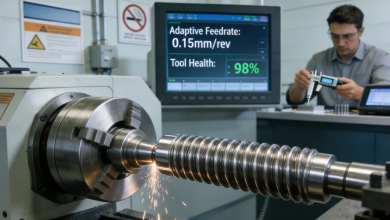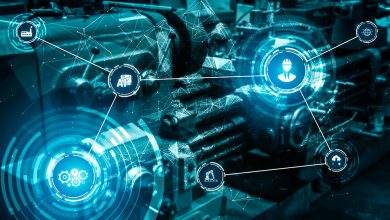In the UK, we lose on average 26 days a year to wasted time – including being on hold on the phone. Customers are not only irritated by being left hanging for hours on end, but it’s also hugely inefficient for businesses to be run in this way and can have a negative impact on brand loyalty. We are in the midst of a technological revolution, especially as AI-enabled voice automation starts to become the norm. Being kept on hold must become a frustration of the past.
Thankfully, it’s on its way out. AI-powered customer service is taking the market by storm. Known as ‘Intelligent Virtual Agents’ or IVAs, these human-like virtual agents provide a wide range of conversational self-service capabilities. The technology uses speech recognition and text-to-speech in hundreds of languages to provide instant service to customers to keep them out of a hold queue. Similar to a human agent, IVAs can detect the mood of the person on the other end of the phone and adjust responses based on whether it senses disappointment, contentment, or joy.
Consumers are now beginning to prefer self-service, as they are increasingly used to engaging with automated voice assistants. Just think of Siri, Alexa, and Google Home Hub. More than half of UK homes have welcomed voice assistants, enjoying the convenience, speed, and responsiveness of these technologies to help run family life. As Gartner notes, 70% of self-service interactions may be initiated by speech by 2023, through smart speakers and assistants.
The summer period is an already service-heavy time for contact centres. Combine that with added inflationary pressures and ongoing threats to consumers’ summer holidays as flights nationwide are cancelled, and it becomes clear that customer services departments need to be efficient and proactive. If teams can be supported by an intelligent virtual agent, the bulk of the tedious or repetitive work can be alleviated from the workforce.
Using IVAs to respond to common issues, such as querying deliveries or organising returns, could see contact centres automate thousands of calls. Human agents are then free to deal with more complex or sensitive matters without reducing customers to a number in a long queue.
From ‘1’s and ‘0’s to conversations
IVAs are also becoming increasingly life-like, which helps customers feel more at ease speaking with them. Brands can now create automated self-service experiences using synthesized human voices, including the voice of a company spokesperson or a voice actor with key vocal traits that represent their brand.
Alex Baratta, Ph.D., senior lecturer in language, linguistics, and communication at the University of Manchester, recently coached a voice actor whose voice was synthesized for IVA voice technology, noting, “We look at key elements such as pitch, volume, speed, and intonation. And within those categories, there are micro-level details that contribute to whether a voice is perceived as warm, engaging, trustworthy, or any other judgments made regarding how we perceive people based on their vocal quality.”
A synthesized voice is virtually indistinguishable from the original. While this represents the cutting-edge of IVA, organisations are adopting varying technology models to solve their specific business challenges. For example, pre-built IVA application templates can be integrated via low-code platforms. These platforms enable non-technical users to launch IVAs with minimal experience, kick-starting customised IVA deployments rapidly. While the focus may be on retail right now, other key sectors are responding to a surge in demand with IVAs. For example, Frost & Sullivan reports that over 50% of healthcare providers plan to invest in this technology this year.
A boom is already underway. The use of Five9 IVAs has increased 180% in the last year. More than 82 million calls for healthcare providers, large retailers like Pizza Hut Australia, insurance companies, banks, local businesses, and local governments have been handled by IVA technology to fulfill customer needs quickly and efficiently.
The average turnover rate of staff in contact centers is 26% per year. Therefore, ensuring staff is skilled, equipped, and supported with the tools and solutions to help them get their jobs done easier is paramount. The UK is battling a skills shortage, and businesses cannot afford to lose staff for reasons that are so easy to change. Automation can work in tandem with the human workforce, helping to prioritise calls while still enabling customers to feel that human touch. By tackling huge call volumes, human agents can “punch above their weight”, spending less time on routine queries and more on those that are urgent and complex.
Now is the time to introduce “collaborative intelligence”, where IVAs and humans come together to work cohesively so they can bring out the best in one another. The next few months won’t be easy for businesses, so now is the time for them to take the simple steps that will help them get through uncertain times. Technology is here to help, so now is the time to get off hold.




